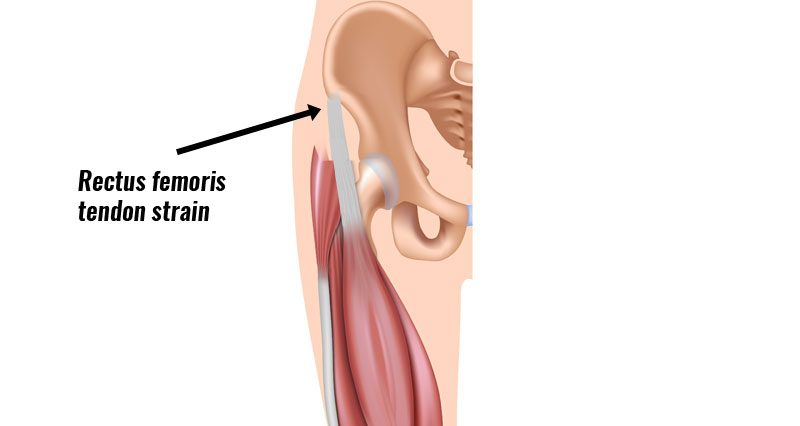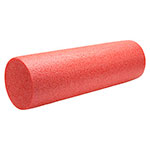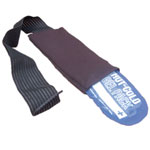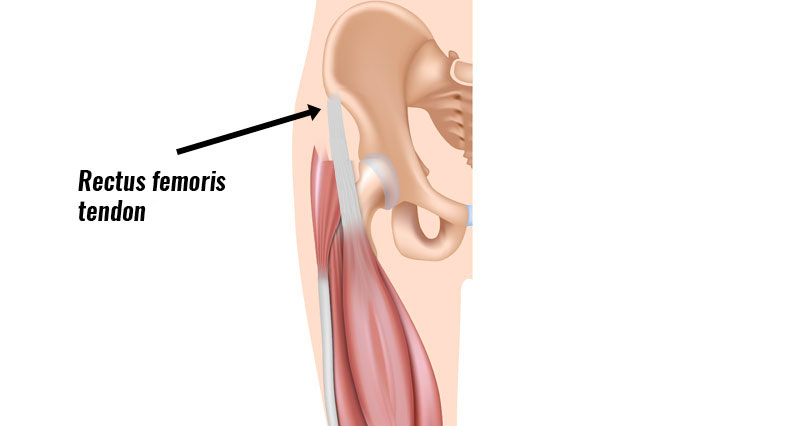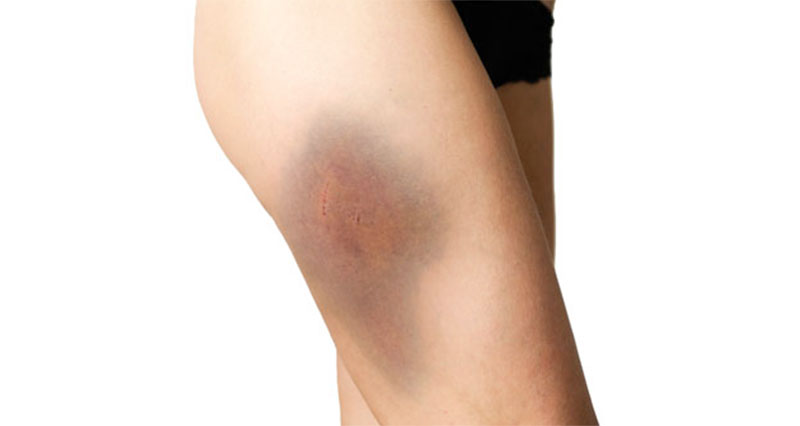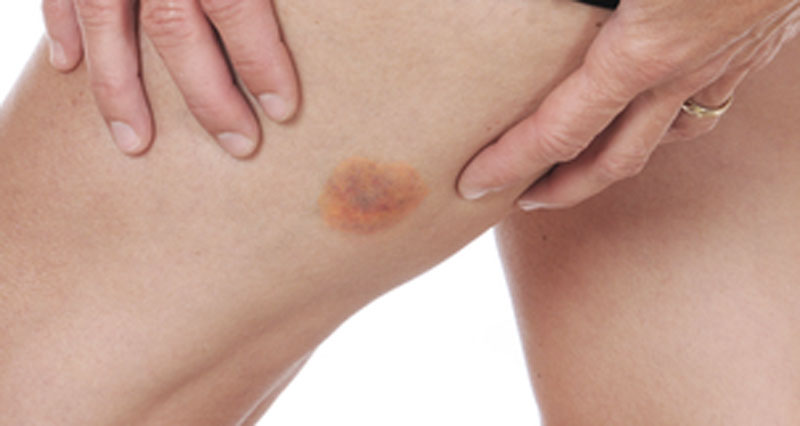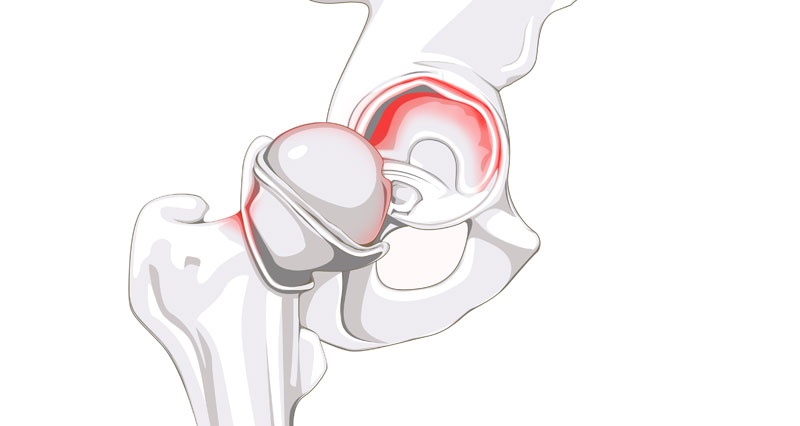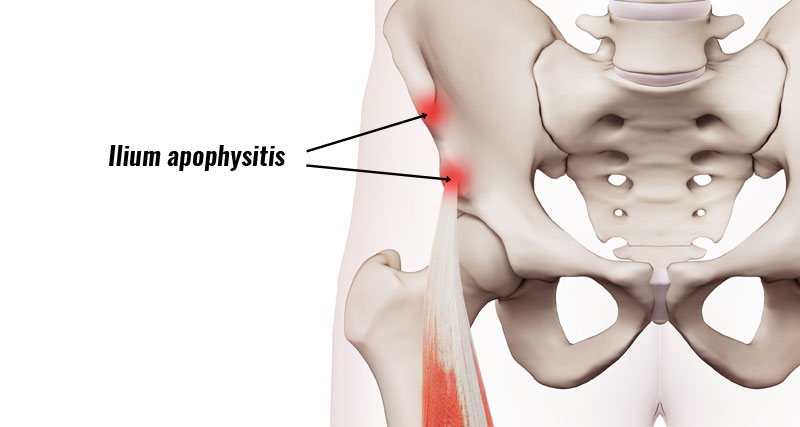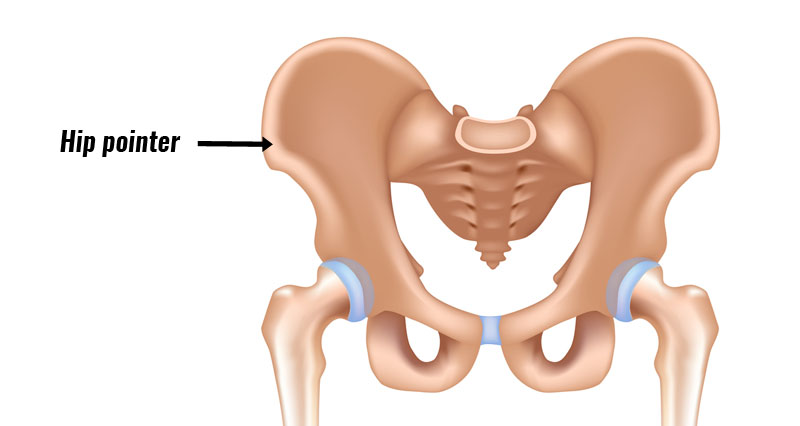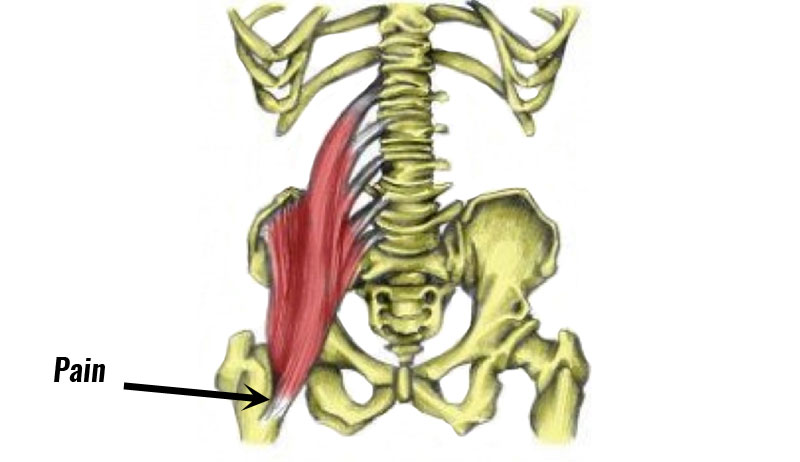A Rectus femoris tendon strain is a tear of the tendon of one of the quadriceps muscles at the front of the thigh. It often occurs at the muscle origin at the front of the hip.
Rectus femoris tendon strain symptoms
Symptoms include:
- Sudden sharp pain at the front of the hip or groin.
- Swelling and bruising may develop over the site of injury.
- It will feel particularly tender when pressing in (palpating) where the tendon attaches at the front of the hip.
- If a complete rupture has occurred then it will be impossible to contract the muscle and a gap or deformity may be visible.
Diagnosis
A professional therapist will do a number of specific tests to help diagnose your injury.
Resisted flexion – your doctor or therapist will get you to lift your knee (or leg) up whilst resisting the movement. If pain is triggered then this may indicate a rectus femoris strain.
However, the severity of your symptoms depends on whether the rupture is partial or complete.
What is a Rectus femoris tendon strain?
A rectus femoris tendon strain usually occurs whilst doing explosive activities such as running or jumping.
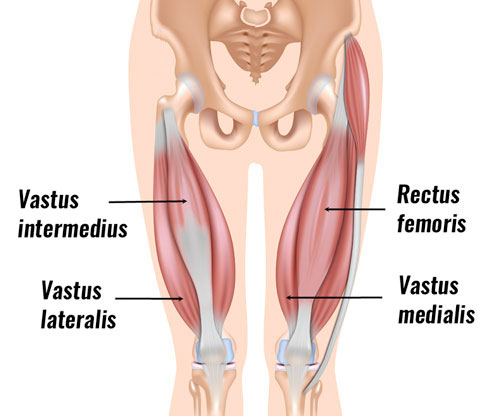
The rectus femoris muscle is the large quadriceps muscle that runs down the centre of the front of the thigh. It is a biaxial muscle meaning it crosses two joints; the hip and knee joints. It is used to straighten the knee (knee extension) or lift the knee up (hip flexion).
As a consequence, there are often very large forces transmitted through this muscle, especially when kicking or jumping.
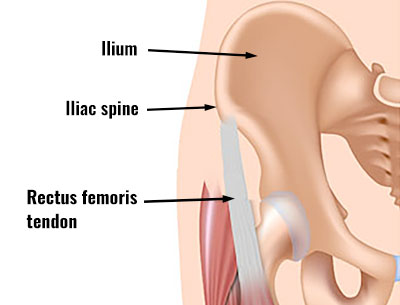
A partial rupture of muscle can lead to Rectus femoris tendonitis/tendinopathy after the initial rupture has healed. You can avoid groin injuries by ensuring the muscles are strong and flexible through strengthening and stretching exercises.
Rectus femoris avulsion fractures
A rectus femoris avulsion fracture occurs when the tendon tears, pulling a small piece of bone away. Symptoms are the same as a Rectus femoris tendon strain with sudden pain at the front of the hip.
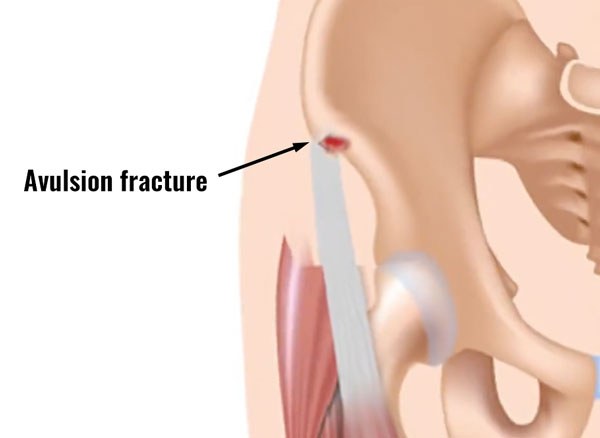
Avulsion fractures of the rectus femoris attachment point occur most often in adolescents. This is because the area is one of the last to fully harden from cartilage to bone. Therefore, apophysitis develops, which is an inflammatory reaction to repeated stress on the soft bony attachment.
Sudden explosive forces cause the tendon to tear. However, overuse can lead to a rectus femoris tendon rupture. The tendon becomes inflamed and eventually tears following explosive movements. For example, kicking or sprinting starts.
Treatment for a Rectus femoris tendon strain
Immediate first aid consists of applying the PRICE principles of protection, rest, ice, compression, and elevation.
Rest
Complete rest for at least 48 hours. This may be longer depending on how bad your injury is. You may be able to progress to active rest if symptoms allow. You should rest completely until normal daily activities are pain-free.
Cold therapy
Apply cold therapy and compression for 10 to 15 minutes every hour for the first 24 hours or so during the painful acute stage. Reduce frequency to two or three times a day as symptoms subside.
Electrotherapy
Your physio may use ultrasound and laser treatment to help with the pain, inflammation, and healing process.
Massage
Sports massage after the acute stage can be beneficial. Both cross friction massage is applied to the tendon itself, and deep tissue massage to relax the muscles. If you do not have access to regular massage then use a foam roller.
Exercises
A full thigh strain rehabilitation program of stretching and strengthening exercises should be done before more sports-specific functional exercises to return the athlete back to full fitness.
Surgery
If the tendon has torn completely then you will need an operation to repair it.
Avulsion fractures
If you suspect an avulsion fracture then seek medical attention immediately.
An X-ray or MRI scan confirms the diagnosis and determines the size of the fracture and the amount of displacement.
Conservative treatment (without surgery) is appropriate for most cases. This is exactly the same as a tendon rupture (above).
When pain allows, begin thigh strengthening exercises. The aim is to regain full knee and hip strength. It should be a gradual process.
If the bone fragment is separated by 3cm or more from the attachment point then you may need surgery.
